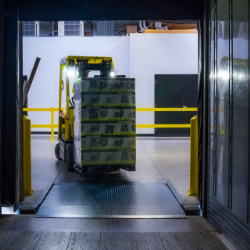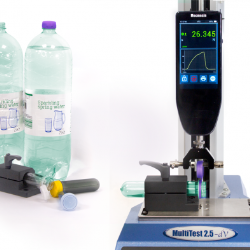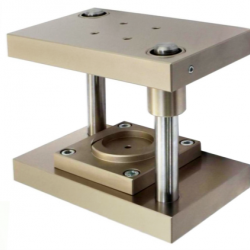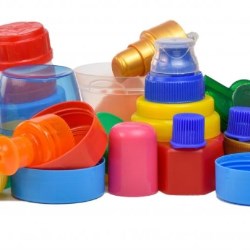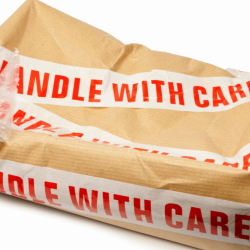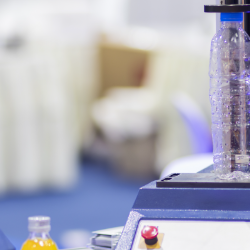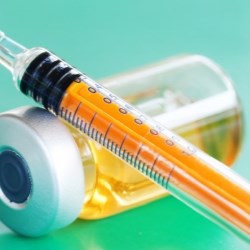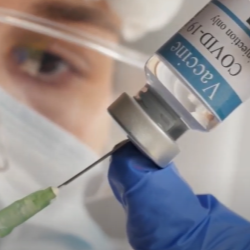Public
Mecmesin Catalog
Mecmesin Certificates
Mecmesin Documents
Mecmesin Locations
Mecmesin News
Mecmesin Videos
If this is your company, CONTACT US to activate Packbase™ software to build your portal.
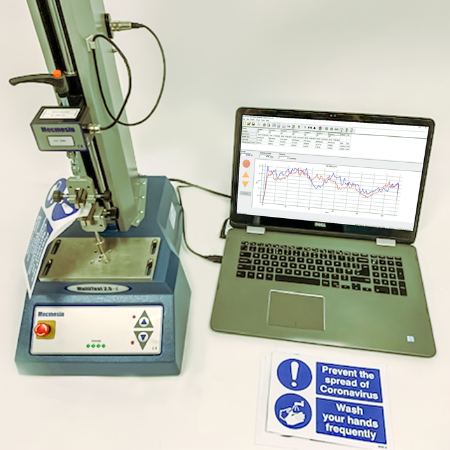

In the wake of the Covid-19 lockdown, there have been clear guidelines issued to businesses on keeping staff and customers safe. These include wall signs encouraging people to follow hygiene guidelines through to purpose-made floor tape to help enforce social distancing rules.
For successful long-lasting application to surfaces, they all rely on the stickiness provided by the humble self-adhesive.
Safety Distancing Tape, for example, comes on rolls and is easily cut to the required length. The self-adhesive backing allows for easy fitting and damage-free removal. As with most common pressure sensitive adhesive (PSA) tapes there is a composite consisting of a stiff backing layer (eg PVC,vinyl) and a soft adhesive layer. The adhesives used are typically thermoplastic – they soften when heated and become more brittle when cooled.
Floor tapes may be scuff- and break-resistant but can have drawbacks of tearing, peeling or failing to adhere to some surfaces thus creating trip hazards. Testing the adhesive strength characteristics of tapes and signs is an important factor in quality control assessment.
Mecmesin's Solution
ISO 29862, ISO 29862, AFERA 5001 and ASTM D3330 test standards both describe methods for determining the peel adhesion properties of self-adhesive tapes. They allow manufacturers and users of tapes to assess the uniformity of the adhesion within a single roll of tape, between different rolls or between production batches.
A sample of tape is kept in standard conditions for temperature and humidity and then cut to a specified width and length. The tape is then applied to a test panel in a uniform manner by using a roller of a fixed weight. This ensures that there is minimum variation in the test pieces.
The tape is then held in dedicated peel jigs which are attached to a tensile testing machine. The tensile tester moves at a constant rate of extension (CRE) to gradually separate the adhesive from the tape whilst the tester software calculates the bond strength and peel adhesion characteristics. The angle of peel and test plate are determined by the test method.
- Method 1 - 90°and 180° peel adhesion of tape from a stainless steel plate
- Method 2 - 90°and 180° peel adhesion of tape from its own backing
- Method 3 - 90°and 180° peel adhesion of double-sided and transfer tapes
- Method 4 - 90°and 180° peel adhesion of tape from its liner
Test equipment
Mecmesin peel testers are ideally suited to perform these tests. They can be easily configured to fit the appropriate peel jig and the software is simple to use even for unskilled operators. Test reports including peel adhesion graphs are available in standard templates or you can customize them to your exact requirements.
MultiTest 2.5-i software-driven peel tester
FPT (Friction Peel Tear) horizontal peel tester
90 degree and 180 degree Peel Jigs

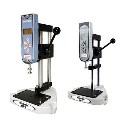
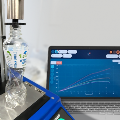
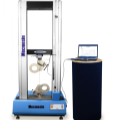
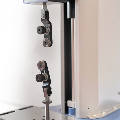
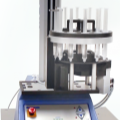
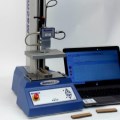
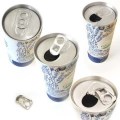
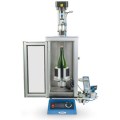
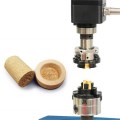
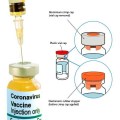
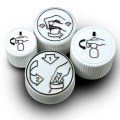
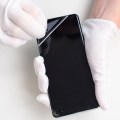
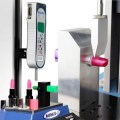
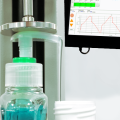
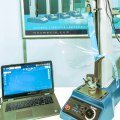
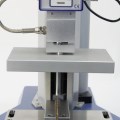
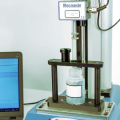
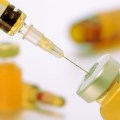
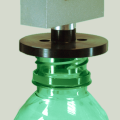
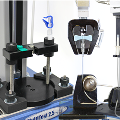
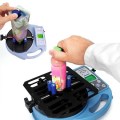

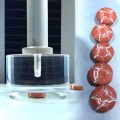
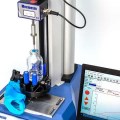
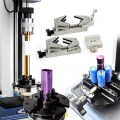

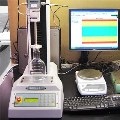
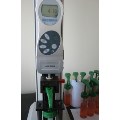
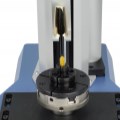
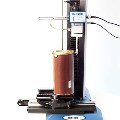
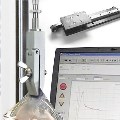
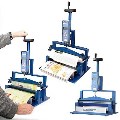

.jpg)
